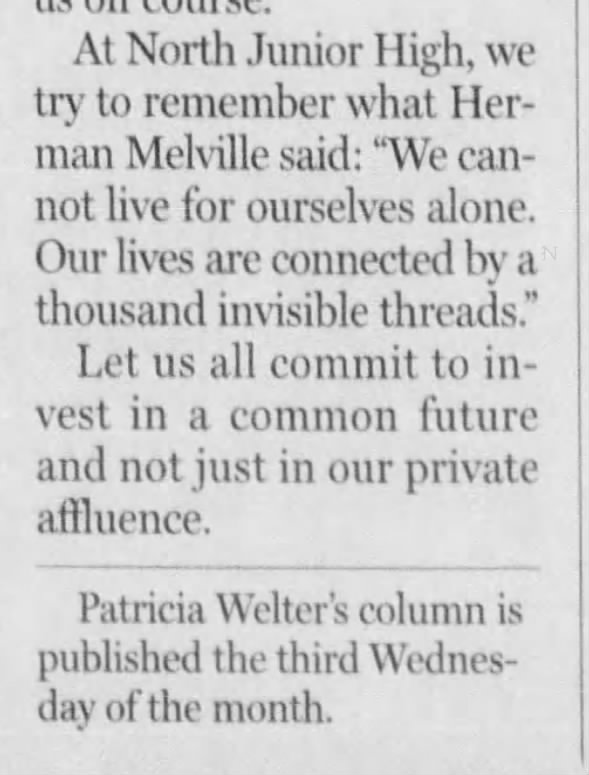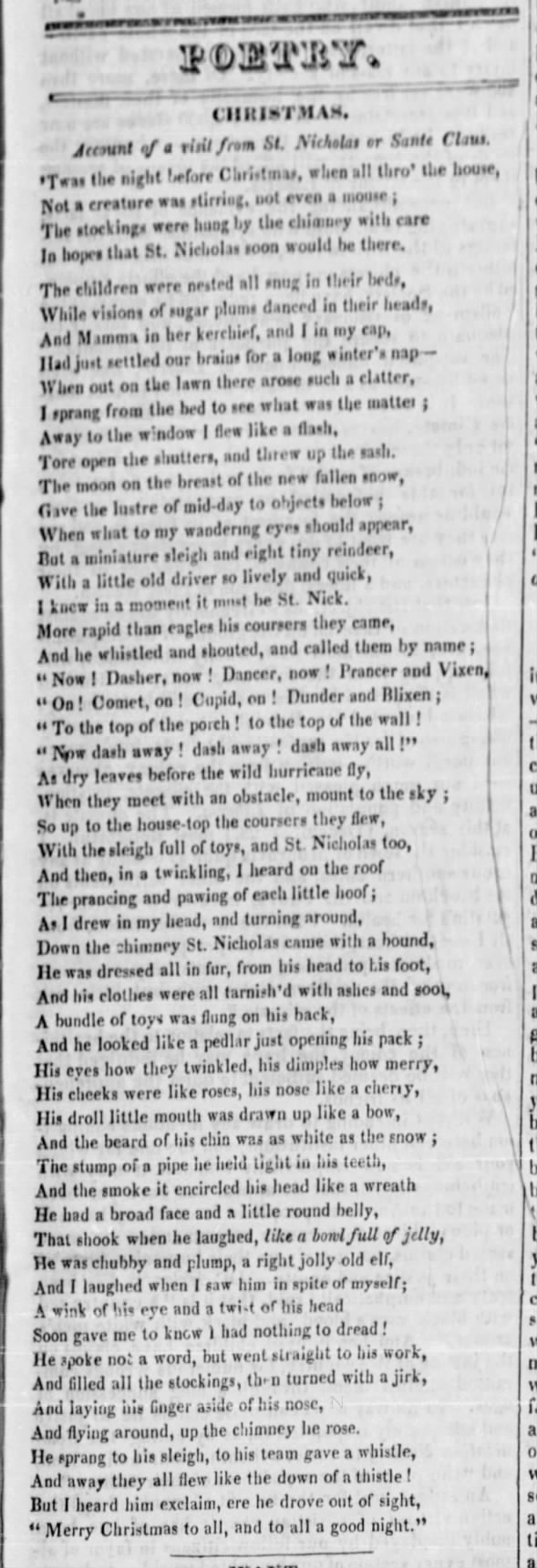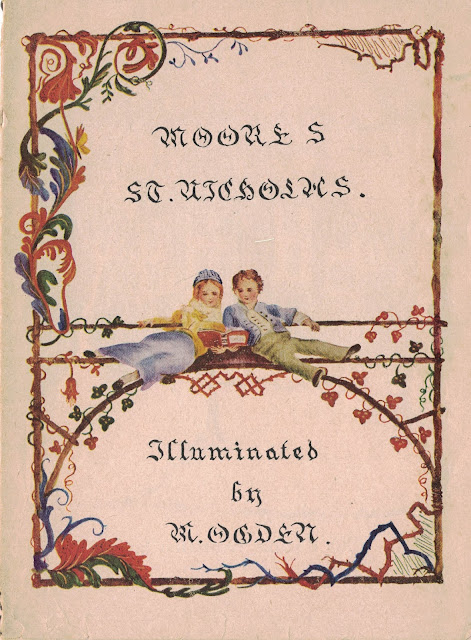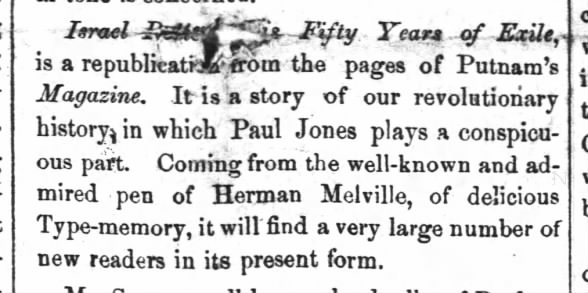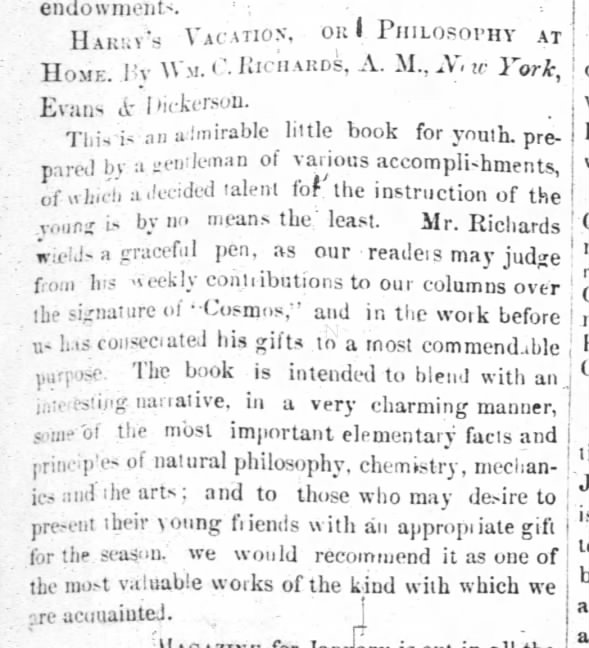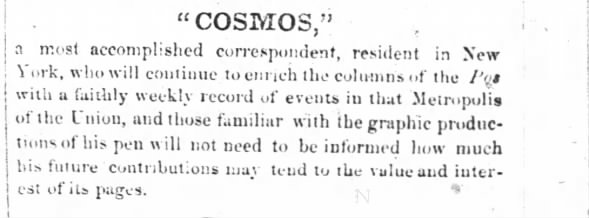Franz Fanon in Black Skin, White Mask (1967) stated,
Sometimes people hold a core belief that is very strong. When they are presented with evidence that works against this belief, the new evidence cannot be accepted. It would create a feeling that is extremely uncomfortable, called cognitive dissonance. And because it is so important to protect the core belief, they will rationalize, ignore and even deny anything that doesn't fit in with the core belief. (Fanon 1967: 194).
--Introduction, War on Terror and American Film: 9/11 Frames Per Second (Edinburgh University Press, 2014, 2016).McSweeney cites a London edition of Fanon's 1952 book Peau noire, masques blancs, published by Pluto Press. Evidently this is the 1986 reissue of the Charles Lam Markmann translation, first published in 1967 by Grove Press. Another edition by Grove Press appeared in 2008, with a new translation from the French by Richard Philcox.
Deployers of deep-fake Fanon ask us to believe that Frantz Fanon neatly defined the term cognitive dissonance five years before Leon Festinger first developed the idea in A Theory of Cognitive Dissonance.
In the course of our conversation she explained why. She told me that sometimes people hold a core belief that is very strong. When they are presented with evidence that works against that belief, the new evidence cannot be accepted. It would create a feeling that is extremely uncomfortable, called cognitive dissonance. And because it is so important to protect the core belief, they will rationalize, ignore and even deny anything that doesn't fit in with the core belief.
https://www.huffpost.com/entry/why-some-smart-women-thin_b_137416
"... the continued belief that this quote is from Frantz Fanon is a prime example of cognitive dissonance."
http://underthetree63.blogspot.com/2013/03/revisiting-frantz-farnon.html
Nakuma, Constancio. “COGNITIVE DISSONANCE REDUCTION STRATEGIES BY BLACK INTELLECTUALS IN THE DIASPORA: A PSYCHOLINGUISTIC EXPLORATION OF NEGRITUDE AND AFROCENTRISM.” CLA Journal 43, no. 2 (1999): 167–180 at 169. http://www.jstor.org/stable/44323286.
"I am not a prisoner of history."
But how to account for the birth and surging popularity of Fake Fanon? In alphabetized book indexes and bibliographies the surname Festinger follows Fanon, immediately in some cases. Sometime after the turbulent 1960's and early 1970's, perhaps, on a quiet university campus in the blissful calm of a graduate student's library carrel, a sleepy research assistant may have mistakenly tracked a textbook paraphrase of cognitive dissonance to Fanon instead of the name just below Fanon. Otherwise it's hard to say exactly how or where the mistaken attribution first occurred.
The rapid proliferation of pseudo-Fanon in the internet age resembles the worldwide re-assignment of Rev. Henry Melvill's fine image of moral accountability as a network of "sympathetic threads" and "fibres" to Herman Melville. As with pseudo-Melville, pseudo-Fanon peculiarly suits the advancement of leftist political agendas. In the service of politicians and academic activists, both pseudo-Melville and Fake-Fanon have been usefully employed as prophets of Woke utopia.
We cannot live for ourselves alone. Our lives are connected by a thousand invisible threads, and along these sympathetic fibers, our actions run as causes and return to us as results.
HERMAN MELVILLE
Hillary's husband blithely ascribed the "sympathetic fibers" quote to Herman Melville at the 1997 Memorial Service for Albert Shanker, president of the American Federation of Teachers. Then-President Clinton misappropriated Melville for the purpose of honoring Shanker as a teacher and social justice advocate, while eliding Shanker's-- Hillary Rodham Clinton, It Takes a Village (Simon & Schuster, 2006).
"lifelong hatred of Soviet-style communism." --Jack Schierenbeck, Class struggles: The UFT story
Here in Minnesota, our once-beloved prairie moralist and Moby-Dick hater Garrison Keillor (before he got canned by MPR) loved to spout pseudo-Melville, as he did in Good Poems for Hard Times (Penguin Books, 2006).
Minnesota middle-schoolers probably don't get to read Typee or Redburn, but twenty years ago some of them got spoon-fed pseudo-Melville as part of their indoctrination in utopian ideology and ethics.
"At North Junior High, we try to remember what Herman Melville said: 'We cannot live for ourselves alone. Our lives are connected by a thousand invisible threads.' Let us all commit to invest in a common future and not just in our private affluence." -- Patricia Welter, St. Cloud Times, May 16, 2001.
Pat Welter later co-founded Partner For Student Success or PFSS, largely devoted to data collection and the promotion of Social-Emotional Learning and other dubious, usually harmful ideologies.
 |
| https://twitter.com/ConceptualJames |
Newspapers in Education. Early in the present century, corporate media enlisted pseudo-Melville to help teachers promote the virtues of "diversity" and social "harmony" in a lesson on The Building Blocks of Character Education. Connecticut kids had to explain in writing why Herman Melville, in reality the type of guy who would just say NO! in Thunder, would agree with establishment dictates to "live in harmony." The stated focus of this particular activity, the fourth of ten in the series on character-building, was "Acceptance."
In a well-organized paragraph, discuss the following quote by Herman Melville: "We cannot live for ourselves alone. Our lives are connected by a thousand invisible threads, and along these sympathetic fibers, our actions run as causes and return to us as results." Explain why Melville would agree that by learning about differences, we allow ourselves to appreciate diversity and begin to live in harmony by respecting the views of others. Stamford CT Daily Advocate - December 3, 2001 via genealogybank.com
For a more recent example of reality-denial in the service of radical activism, look at the celebration of pseudo-Melville by the Interaction Institute for Social Change.
IISC uses pseudo-Melville to promote Social Justice and Racial Equity, noble-sounding words that mask a totalitarian project of wrecking vital public services and institutions in order to control them, and people they normally benefit. As James Lindsay explains on New Discourses, the mundane aim of such projects is
a managed state of racial equity that will eventually produce a post-racial utopia in which “racial justice” finally exists. The revolution and administered (socialist, “equity”) state will be led by a Dictatorship of the Antiracists (DOA?), comprised of awakened (Woke) Critical Race Theorists with the right critical consciousness of race. -- Critical Race Theory's Dictatorship of the Antiracists.
Pseudo-Melville and Fake-Fanon have been adopted as prophets in the new religion of Wokeness. The repurposed scriptures of these prophets serve to implant and cultivate the ethos of communitarian supermorality. For strong "reasons why a code of communitarian supermorality is unlikely to work," see the extended paraphrase of John Mackie by Richard A. Posner in The Problems of Jurisprudence (Harvard University Press, 1990) pages 416-418. In practice, such utopian ideals require "high levels of coercion" to maintain, resulting in all kinds of wickedness and abuse. In education, the praxis of critical theory has methodically enabled the psychological and sexual abuse of children in schools run by Woke teachers and administrators, as shown by James Lindsay on New Discourses.
Along with American schools, groomers have also hijacked the "ETHICS" department at Boy Scouts of America. Fake-Fanon is this day being employed there in the worst conceivable way, as an approved text designed to create doubt about commonly understood standards of ethical behavior.
Prominently introduced with "Troop Leader Resources," fake-Fanon specifically helps to teach kids "The Value of Ethical Controversies":
"there are two sides to most questions and that the gray area between right and wrong is sometimes difficult to define."
In some cases, the theory of cognitive dissonance according to Festinger required evaluating the factual basis of "core beliefs" in order to distinguish valid beliefs from invalid ones. Granted, that distinction has seemed less important to later analysts who tend to emphasize the supposed discomfort or dissonance produced by conflicting ideas, regardless of their empirical merit. Human psychology is complicated, after all. This aint the Boy Scouts. Wait, this IS the Boy Scouts. Here we are, almost in 2022, and Woke Troop Leaders at Boy Scouts of America can't tell right from wrong, or pretend they can't, and make a virtue of teaching ethical indeterminacy to other people's children. And their best authority for this exercise in moral relativism is Fake-Frantz-Fanon. Reality check: confusing kids with lessons about "gray areas between right and wrong" is a very bad practice, conducive to further abuse.
More Fake-Fanon
- Janay Richmond, Director of Marketing and Membership for the National Committee for Responsive Philanthropy (NCRP):
I can’t help but think about the work of Leon Festinger on cognitive dissonance and psychiatrist, philosopher and revolutionist Frantz Fanon’s famous statement referencing this theory:
"Sometimes people hold a core belief that is very strong. When they are presented with information that works against that belief, the new evidence cannot be accepted. It would create a feeling that is extremely uncomfortable, called cognitive dissonance. And because it is so important to protect the core belief, they will rationalize, ignore and even deny anything that does not fit in with the core belief."
We may not go about our daily lives thinking of the term “cognitive dissonance,” but we’ve all seen this theory materialized. We’ve seen presidential poll numbers that don’t change regardless of the policies some candidates bring forth. We’ve seen studies in newspapers or sometimes comical takes of the data on television proving that people will agree or disagree with the same policy based merely upon whose idea they believe it is. We can probably also think of instances of it in our own communities and within the work we do. For example, one of our nonprofit members recently talked to me about this theory and how cognitive dissonance is a major obstacle in their work for economic equity.
-- Keeping an Open Mind about the Education Reform Debate, September 23, 2015.
- Daisy Auger-Dominguez, "human capital executive" and Chief People Officer at VICE Media Group.
"And in a tribute to my grandmother’s defiance of cultural norms, I have built a career reshaping workplace cultures through equity and inclusion." Fake-Fanon supplies an imposing epigraph for this 2017 Call for Courage in the Workplace by Daisy Auger-Dominguez.
https://www.daisyauger-dominguez.com/perspectives/2019/3/20/a-call-for-courage-in-the-workplace
"Daisy is an advisor to startups and social impact organizations, and serves on the board of directors of Planned Parenthood Federation of America as Vice-Chair, the Brooklyn Children’s Museum, the Robert Sterling Clark Foundation as Chair of the Governance Committee, St. Ann’s Warehouse, and on the advisory board of Facing History and Ourselves." https://www.daisyauger-dominguez.com/about-daisy
 |
| "ye cannot live for yourselves; a thousand fibres connect you with your fellow-men...." The Rev. Henry Melvill, 1855 sermon on Partaking in Other Men's Sins |
... they will rationalize, ignore and even deny anything that doesn't fit in with the core belief.What's that called again?
Related posts:
- 2 + 2 = 4, Melville's anti-communist math
https://melvilliana.blogspot.com/2021/08/2-2-4-melvilles-anti-communist-math.html
- the finest thing Herman Melville never said
https://melvilliana.blogspot.com/2011/09/finest-thing-herman-melville-never-said.html


